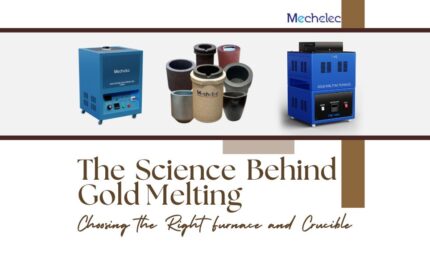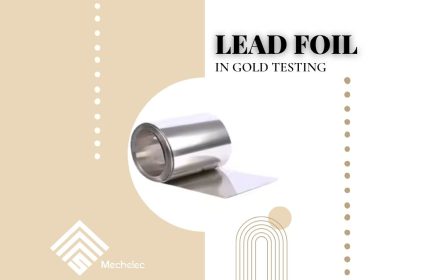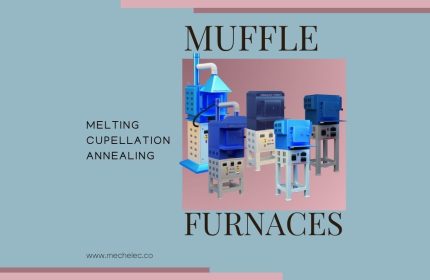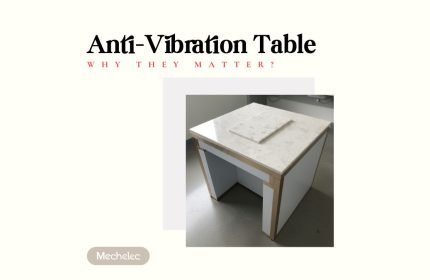Gold testing plays a vital role in the precious metal industry. It ensures the purity, quality, and authenticity of gold before it reaches the market. Whether it’s for hallmarking, refining, or quality control, accurate assays build trust and help meet industry standards.
Every gold testing lab relies on specialized tools. These tools perform specific tasks that help determine gold content with precision. From traditional fire assay methods to modern non-destructive techniques, each tool contributes to reliable results.
Mechelec provides high-quality assay tools to labs across the UAE and beyond. We support hallmarking centres, refiners, and testing labs with equipment and tools built for accuracy and durability.
In this article, we’ll explore the top tools used in gold testing and hallmarking labs—and why choosing the right equipment matters.
What Is Assaying in Gold Testing?
Assaying is the process of testing and analyzing a metal—like gold—to determine its purity and composition. In simple terms, it tells you how much real gold is present in a sample, and whether it meets the standards required for certification, trading, or sale.
There are several methods to assay gold, but the most widely trusted one—especially in hallmarking labs—is the fire assay. It’s been used for centuries and is still considered the most accurate way to measure gold content. It involves melting down the sample and separating the gold from other metals using heat and special tools.
In more modern labs, you’ll also find XRF (X-ray fluorescence) machines. These use high-energy rays to scan the surface of gold items and give quick results without damaging the sample. While not as precise as fire assay, XRF is perfect for fast checks and large volumes.
Whether you’re using traditional methods or advanced technology, the quality of the tools you use makes a big difference. Poor-quality equipment can lead to errors, wasted materials, or even safety risks.
That’s why hallmarking and refining labs depend on reliable, lab-grade tools—and why Mechelec focus on supplying equipment that meets the highest standards in the industry.
Core Assay Tools Used in Gold Testing Labs
A successful fire assay process depends on the careful use of precise, high-quality tools. Each stage—starting from weighing the sample to extracting the final gold bead—requires reliable equipment built for accuracy, heat resistance, and safety. Here’s a breakdown of some of the essential tools used in most hallmarking and gold testing labs:
1. Weighing Balance
Analytical balances are used to measure samples, fluxes, and recovered beads with precision. A small error in weight can lead to major inaccuracies in gold content calculations.
Why it matters: High-precision balances ensure accuracy at every step of the assay process.
2. Anti-Vibration Table
Analytical balances must be placed on anti-vibration tables to minimise interference from surrounding movement or air currents.
Why it matters: Even the smallest vibration can throw off microgram-level measurements.
3. Lead Foil
Lead acts as a collector metal in fire assay, helping isolate precious metals from base metals during melting. It’s usually added in foil form for precise measurement and easy handling.
Why it matters: Using clean, uniform lead foils improves reaction consistency and metal recovery.
4. Ball Pliers
A ball plier is used to fold lead foil around the weighed sample and flux mixture before loading it into the cupel. This step ensures compact handling.
Why it matters: Proper folding improves reaction efficiency during melting.
[Consider a Cornet Hammer by Mechelec for faster shaping]
5. Aluminium Sample Tray
These trays hold samples, fluxes, or cupels during handling and transport within the lab. They are lightweight, easy to clean, and resistant to corrosion.
Why it matters: Keeps tools and materials organised and contamination-free.
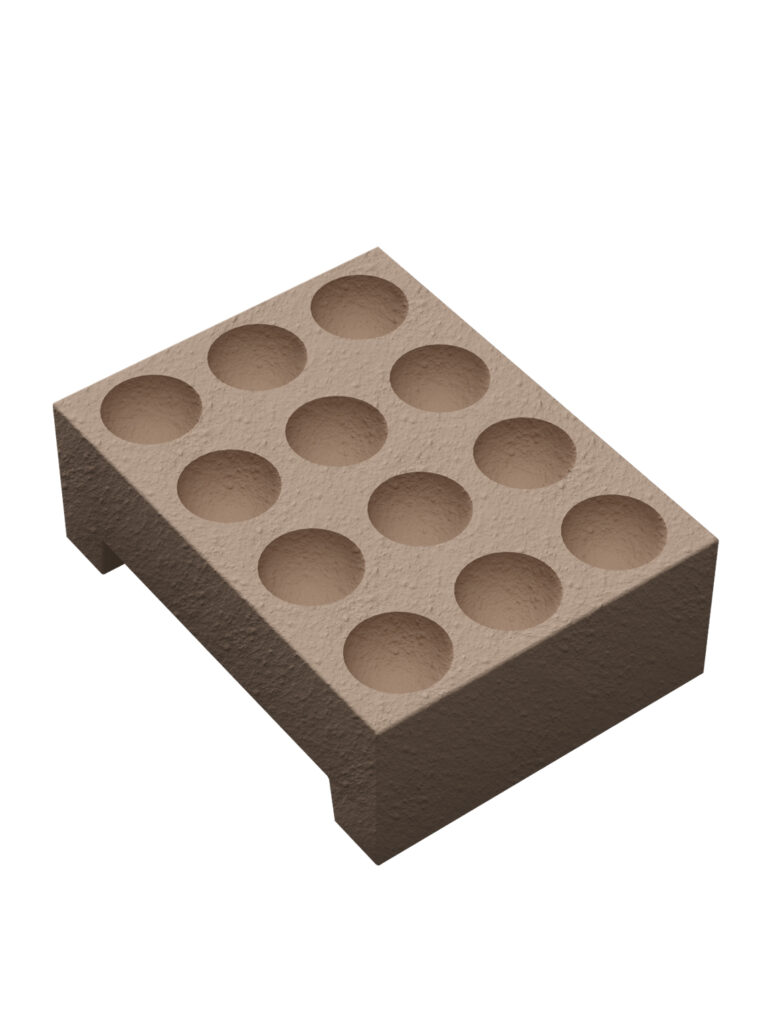
6. Cupels
Cupels absorb lead oxide and base metals during the cupellation stage, leaving behind a bead of precious metal. Made from bone ash or magnesia.
Why it matters: High-quality cupels lead to clean separations and accurate gold content readings.
Read more on cupels and their working here.
Use with a Cupellation Furnace for best results.
7. Vacuum Pin Tubes
These are used to carefully pick up tiny metal beads after cupellation. The vacuum helps transfer small, delicate pieces without contact or loss.
Why it matters: Essential for preserving the final gold bead and preventing contamination.
8. Annealing Tray
Annealing trays are used to heat the metal bead in a controlled way to relieve stress or prepare it for further chemical processes.
Why it matters: They allow uniform heating and safe sample transfer during post-assay treatments.
9.Parting Trays
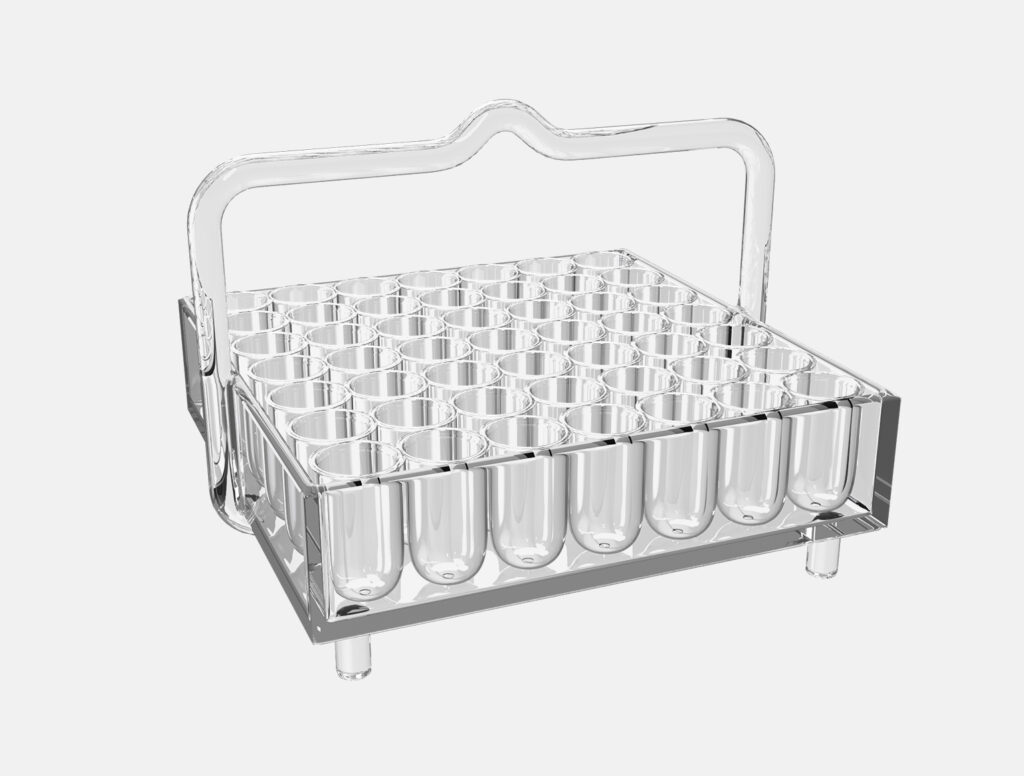
Used during the chemical parting process to separate gold from silver, typically using nitric acid. The trays are acid-resistant and help contain the reaction safely.
Why it matters: Keeps the work area safe and clean while supporting accurate metal separation.
Read more about Parting Trays here.
10. Labware
A fire assay lab needs supporting labware such as beakers, tongs, stirring rods, watch glasses, funnels, flasks etc. needed for weighing, mixing, melting, and transferring samples.
Why it matters: Good-quality labware ensures smooth handling at every step and reduces the risk of breakage or contamination.
11. Safety Equipment
Fire assay involves high heat, chemicals, and lead fumes. Every lab should have protective gear like gloves, goggles, aprons, and proper ventilation (fume hoods or exhaust systems).
Why it matters: Lab safety is non-negotiable. Quality safety equipment protects both personnel and processes.
Each of these tools plays a specific role in the fire assay workflow. Using the right equipment not only boosts accuracy and repeatability but also makes your lab safer and more efficient.
Why Tool Quality Matters in Assay Labs
In gold testing, even the smallest mistake can lead to inaccurate results—and in this industry, accuracy is everything. Whether you’re working in a hallmarking center, a refinery, or a private lab, the quality of your assay tools directly affects the reliability of your results and the safety of your workspace.
Cheap or poorly made tools can cause a range of issues. Crucibles might crack under high heat. Cupels might absorb inconsistently. Weighing balances might give unstable readings if placed on the wrong surface. Even handling tools that don’t grip properly can lead to sample loss or accidents. These small failures can result in contaminated samples, wasted materials, and potentially dangerous situations.
On the other hand, investing in high-quality, lab-grade tools ensures consistency, safety, and compliance with industry standards. Precision-made tools are built to handle extreme temperatures, chemical exposure, and repeated use—all without compromising on performance.
That’s why at Mechelec, we don’t just supply assay tools—we help labs build systems they can depend on. We work closely with hallmarking and refining labs across the UAE and beyond to deliver reliable, field-tested equipment that meets the highest standards of quality and durability.
When it comes to fire assay, there’s no room for shortcuts. The right tools do more than make your job easier—they make your results credible.
Mechelec’s Role in Supporting Assay Labs
At Mechelec, we understand that accuracy in gold testing isn’t just about tools—it’s about trust. That’s why we’ve built our product line specifically to meet the needs of hallmarking centres, assayers, and refiners who can’t afford to compromise on quality.
We supply a full range of fire assay tools, from crucibles and cupels to high-temperature furnaces, handling tools, and safety systems. Every item we offer is chosen for its performance, durability, and compliance with international testing standards.
But we don’t stop at products. We also support labs in selecting the right tools based on their volume, method, and budget. Whether you’re setting up a new assay lab or upgrading your equipment, our team is ready to offer technical guidance and ongoing support.
When labs partner with Mechelec, they’re not just buying tools—they’re investing in long-term reliability and professional peace of mind.
Choosing the Right Assay Tools for Your Lab
Not every lab has the same workflow, and your tools should reflect your specific process. Here are a few things to consider before purchasing:
- Type of assay: Traditional fire assay? Gravimetric analysis? Parting method?
- Volume of testing: Are you processing large batches daily or doing occasional quality checks?
- Lab conditions: Do you have proper ventilation, heat-resistant surfaces, and storage?
- Accuracy needs: Will you need ultra-precise balances and anti-vibration setups?
At Mechelec, we’re happy to help you evaluate these needs. Our team can recommend tool kits tailored to the scale and standards of your operation—whether you’re working in a BIS-approved hallmarking center or a private refinery.
Conclusion
Gold testing is as much a science as it is a responsibility. Accuracy, safety, and repeatability depend on one thing: using the right tools, the right way. From weighing and melting to parting and final recovery, every step in the fire assay process demands reliable equipment that performs under pressure.
At Mechelec, we’re proud to support the gold industry with dependable tools and expert guidance. Whether you’re testing purity or building trust with your customers, our fire assay solutions help you do the job right—every time.
Looking for high-quality fire assay tools?
Contact Mechelec today for expert support and reliable lab equipment trusted by professionals across the UAE and beyond.

